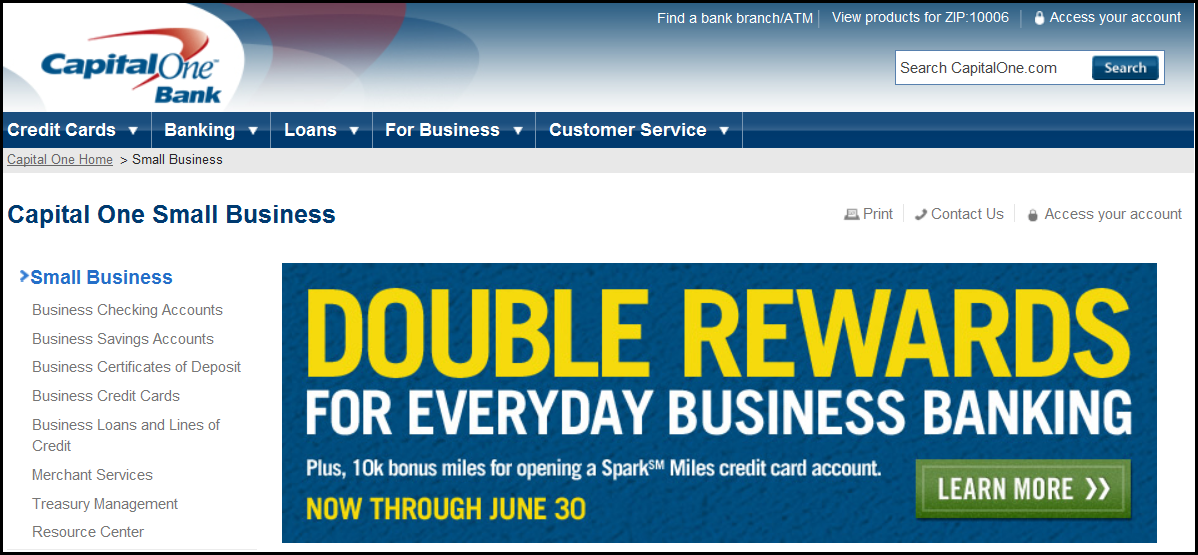In spite of the stuttering economic recovery, leading U.S. card issuers appear united in their belief that there is significant growth potential in small business cards. Given the anemic small business loan demand as well as continued strict underwriting standards from issuers, issuer focus continues to be on driving small business spending rather than outstandings. This is illustrated most clearly in the bonus points/miles/cashback offers for making initial purchases on new cards as well as for signing up for a number of services.
- Chase is offering bonuses on each of its three Chase Ink cards: up to $250 on Ink Cash; up to 25,000 bonus points on Ink Classic; and up to 50,000 points on its Ink Bold charge card.
- Capital One has professed that it does not typically compete with strong bonus offers or introductory rates, but it is offering 10,000 miles on the Spark Miles credit card. This card is targeted at heavy spenders, and features an earn rate of two miles per dollar, but it also carries an annual fee of $59. Capital One is also offering 30,000 points for customers who sign up for Capital One Personal Checking account, Small Business Rewards Checking account and Spark Business credit card.

- SunTrust is offering 25,000 points on its Delta SkyMiles Business Check Card. This card has a rewards earn rate of 1 mile per 2 dollars, and comes with a $120 annual fee.
- Citibank, who pulled back significantly from the small business space between 2008 and 2010, recently launched the CitiBusiness ThankYou Card, featuring 15,000 bonus ThankYou Points after spending $3,000 in the first 3 months.

These offers can be effective in driving new small business cardholder and acquisition. However, to optimize customer lifetime value, issuers also need to develop initiatives that anticipate and capture opportunities at various stages of the customer lifecycle. These initiatives include onboarding campaigns, anniversary communications and offers, ongoing usage incentives, upsell and cross-sell initiatives, winback programs and referral offers.

